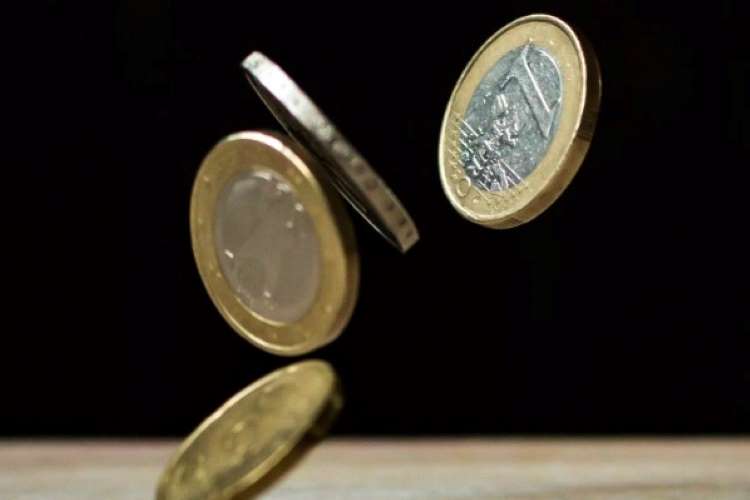It has been six years since the controversial demonetisation was implemented by the Narendra Modi government. The Supreme Court upheld the move as legal and ruled that it falls within the ambit of the government’s powers. Only one judge of the five-judge constitution bench dissented, saying that there was no independent application of mind by the Reserve Bank of India while executing it. The stated objective of the decision to ban Rs 500 and Rs 1000 notes was to reduce cash in circulation and curb black money.
Despite the favourable ruling of the Supreme Court on its constitutionality, the ban has failed in the objective of reducing cash in circulation with currency notes as the share of the GDP increasing by a percentage point in the year to April 2022.
READ | Indian middle class facing a cost-of-living crisis
The move was primarily aimed at making India a cashless society. Even when the demonetisation became a catalyst for the birth of the digital payments ecosystem (UPI) and the emergence of players such as PhonePe, Paytm, and Google Pay, the country has not made any headway towards becoming a cashless society. Cash is still king and has increased in circulation from 8.7% of GDP in FY17 to 14.7% of GDP in FY21.
This is not to say that the demonetisation was a worthless experiment. In fact, the greater use of UPI or digital payments has made India a frontrunner in the area. The Unified Payments Interface (UPI) closed the year 2022 on a high note with the number of transactions reaching a record 7.82 billion in December, totalling Rs 12.82 trillion.
Where did demonetisation fail?
The whole premise of the move was to curb black money which is typically stored as stashes in large denominations. The rationale was to immediately make such money worthless. However, what the government failed to take cognizance of was the fact that most of the black money is parked as jewellery, gold or real estate. Even when the intention was to crack down on black money and also earn legitimate revenue on the hidden money, the fact that there are other means to hide money affected the success of demonetisation.
Another objective of the note ban was to nudge Indians to embrace a cashless economy. However, a bigger Rs 2,000 note is even more easy to stash. There’s plenty of evidence that those who dodge tax have returned to their old ways with new Rs 500 and Rs 2,000 notes. Of the Rs 15.4 trillion in circulation around 2016, Rs 15.31 trillion was returned to the Reserve Bank, in other words, were declared white.
Thirdly, the government also aimed at curbing counterfeit notes. However, in the aftermath of demonetisation, fake currency continues to be a booming business. According to the FY22 RBI report, there has been a 101% rise in seizures of counterfeit Rs 500 and a 54% rise in seizures of Rs 2,000 notes.
READ | Front of the package labelling key to tackling lifestyle diseases
The angst of common people due to a messy execution also made demonetisation a controversial move. Without planning, banks immediately ran out of cash which triggered panic. People starved without access to their money.
What is the Supreme Court order about?
After all the pains that the public had gone through, several petitions were filed challenging the constitutionality of the demonetisation, but none of them demanded proving rationality or soundness of demonetisation as a policy decision. The court has merely decided that the government was within its right to announce demonetisation, even if it was ill-planned and even though the RBI was never in the loop, contrary to what the government claimed. Simply put, the SC verdict has set a precedent for the government to make other decisions in matters of currency as well.
The single dissent laid out the argument against the kind of sweeping ruling done at the time of demonetisation. Justice BV Nagarathna noted that the government cannot merely issue an overnight notification to take such a serious step.

